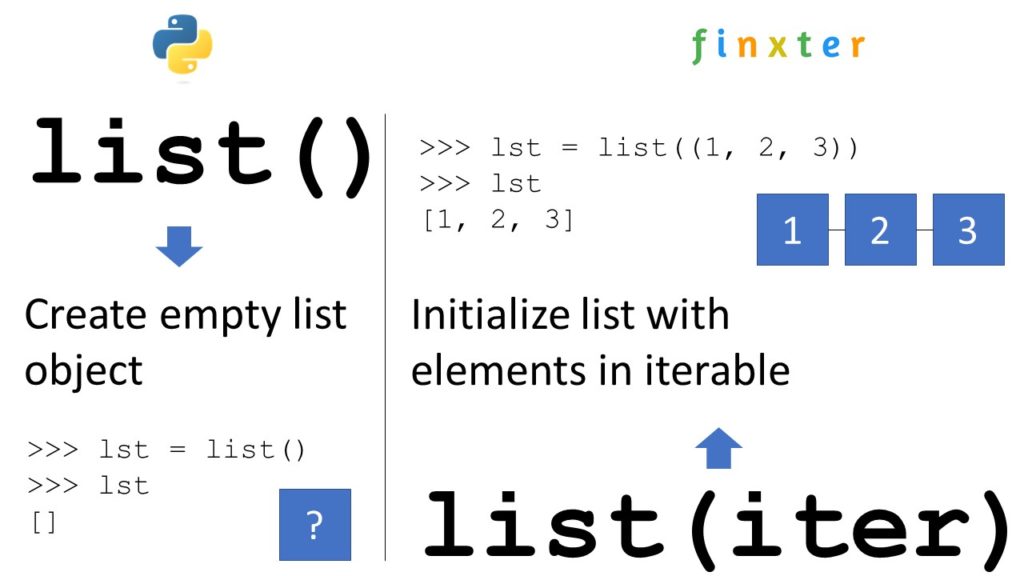

Is considered to be false in a Boolean context.Īnd we can also see that _len_ is a method of lists: items._len_() Also, an object that doesn’tĭefine a _nonzero_() method and whose _len_() method returns zero Should return the length of the object, an integer >= 0. Len is implemented with _len_, from the data model docs:Ĭalled to implement the built-in function len(). The argument may be a sequence (such as a string, bytes, tuple, list, or range) orĪ collection (such as a dictionary, set, or frozen set). Return the length (the number of items) of an object.


So checking the number of objects in a list is very fast.īut if you're checking if list size is zero or not, don't use len - instead, put the list in a boolean context - it is treated as False if empty, and True if non-empty. Lists and other similar builtin objects with a "size" in Python, in particular, have an attribute called ob_size, where the number of elements in the object is cached. All objects have a header of some sort in the C implementation. Looking to take your Python skills to the next level?Įnroll in our Introduction to Programming nanodegree, where you’ll master fundamental Python concepts like logic checks, data structures, and functions.To find the number of elements in a list, use the builtin function len: items = Įverything in Python is an object, including lists. Along the way, we discussed the pros and cons of working with different data structures such as lists, sets, and NumPy arrays. From the in operator to list comprehensions, we used strategies of varying complexity. In this tutorial, we looked into methods for finding items in a Python list. Whether you’re planning to get into machine learning, data science, or geospatial modeling: NumPy will be your best friend. NumPy is undoubtedly one of the most important Python libraries out there. This method is as time-efficient as our list comprehension-and it’s syntax is even more readable. > indices = np.where(long_array_of_numbers % 123456 = 0)> indices To look up items in a numpy array, use where(): That’s why, when you create a Numpy array, you need to tell it the kind of data type you want to store, so that it can reserve enough space in memory for your array to fit. To look at every item in the list, your program has to jump from one element to the next.Īrrays on the other hand are stored in contiguous memory. This is why operations pertaining to list-traversal are so expensive. Each item is assigned a separate, quasi-random place in memory, and it contains a pointer to the address of the next item. To understand what sets arrays apart from lists, let’s take a closer look at how Python implements the latter. But if you’re working with numerical data, there’s another data type that you should know about: NumPy arrays. You’re now aware of the pros and cons of lists and sets when it comes to allocating items in a Python data collection. Many developers also find it more readable than the nested for-loop. List comprehension syntax is great if you want to save some space in your code.


 0 kommentar(er)
0 kommentar(er)
